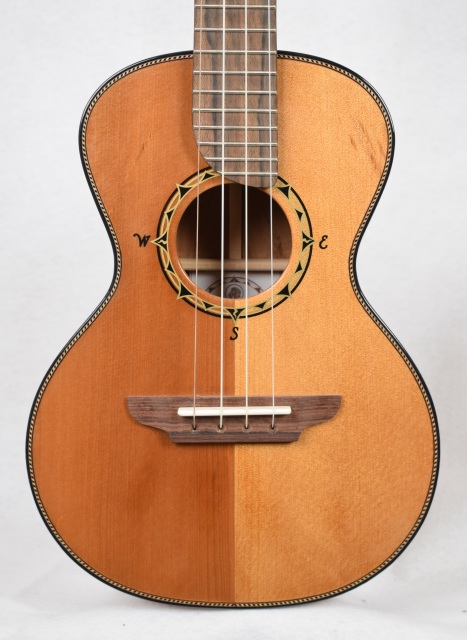Has any one come across a ukulele where the top of the ukulele is made from 2 different woods? This would be the opposite of book matched!
Or do the building challenges to make the structure robust unsurmountable ? Or the resulting sound not worth it?
Just curious..
Or do the building challenges to make the structure robust unsurmountable ? Or the resulting sound not worth it?
Just curious..


